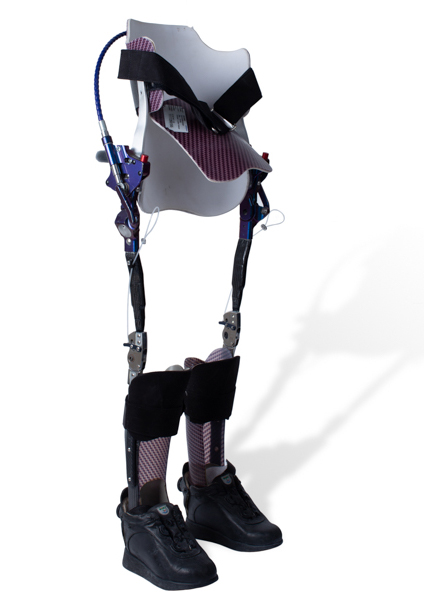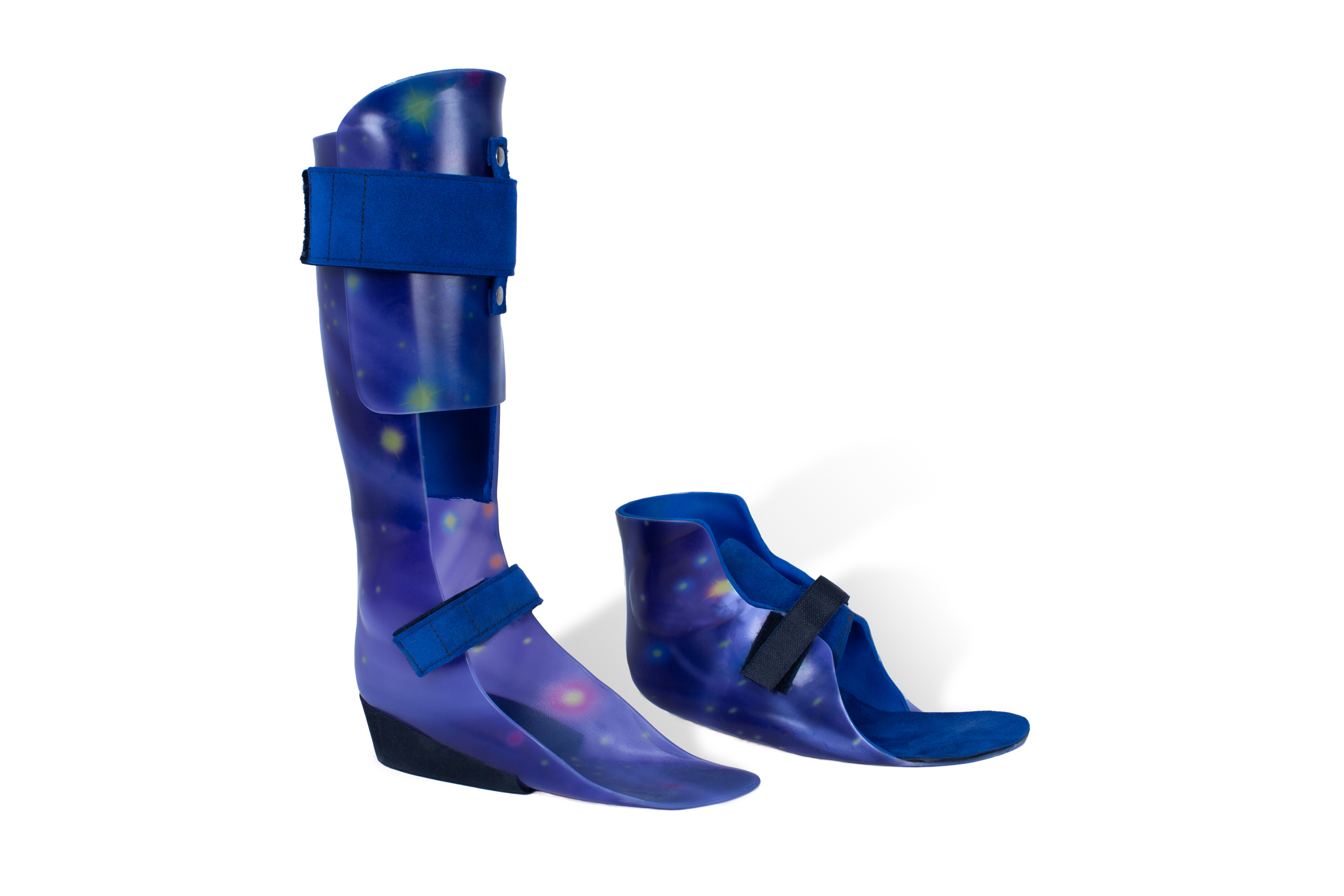An Acquired Brain Injury (ABI) in a child may be caused by a traumatic event, such as being involved in a road traffic accident, a fall or by a stroke or infection. Each year 40,000 children will suffer an ABI.
The Child Brain Injury Trust (CBIT) has identified road traffic collisions as the leading cause of acquired brain injury (ABI) in the children they support across the UK, making up to 20 per cent of all referrals throughout the country.
The effects of a brain injury depend on the type of injury, how severe the injury is, and the location of the injury within the brain. Survivors of brain injury may have limited function of arms or legs, abnormal speech or language, loss of thinking ability or emotional problems. The range of injuries, and degree of recovery, varies widely, depending on the individual.
Following initial treatment in an acute setting, a patient will be in rehabilitative care for some time to help them restore their physical and psychological function to its optimum. Physically, brain injury patients may suffer from strength, balance and posture problems. The coordination and quality of movement can be affected. They may require help to become upright and more mobile.

Bespoke Reciprocating Gait Orthosis
The selection of orthotics for children with acquired brain injury (ABI) depends on the specific needs and challenges faced by each child. The goal is typically to support their mobility, improve function, and enhance overall quality of life.
A foundation of our treatment is OSKAR (Optimal Segmental Kinematics and Alignment Approach to Rehabilitation) utilising our video vector Gait Laboratories to measure and assess an individual’s physical functioning. Here are some of the orthotic options that LOC might recommend for children with ABI:
1. Ankle-Foot Orthoses (AFOs): AFOs are commonly prescribed for children with ABI to provide support to the ankle and foot. They help improve stability, prevent foot drop, and assist with proper foot positioning during walking.
2. Knee-Ankle-Foot Orthoses (KAFOs): In cases where there is more extensive weakness or instability in the lower limbs, KAFOs may be considered. KAFOs provide support not only to the ankle and foot but also extend upward to stabilize the knee joint.
3. Reciprocating Gait Orthosis (RGO): RGOs can be beneficial for children with ABI who need assistance in achieving a reciprocal gait pattern. These orthoses help simulate a more natural walking motion by providing support and coordination.

Dynamic Ankle Foot Orthoses (DAFO)
4. Dynamic Ankle-Foot Orthoses (DAFOs): DAFOs are often used for children with mild to moderate foot and ankle issues. They are designed to provide dynamic support, allowing for some movement while still offering stability.
5. Thoracic Lumbar Sacral Orthosis (TLSO): can hep to stabilise the spine and reduce the mechanical load on the vertebrae.
6. Helmets: For children who are at risk of head injury due to balance or coordination issues, helmets may be recommended to provide protection during activities that involve a risk of falls.
7. Custom Orthopaedic Shoes: In some cases, custom shoes may be prescribed to accommodate specific foot deformities, provide additional support, or address gait abnormalities.
8. Orthopaedic inserts or insoles: Custom or prefabricated orthopaedic inserts can be used to address issues such as flat feet, pronation, or other foot alignment problems.
The choice of orthotics will depend on the child's individual needs, functional abilities, and the specific challenges posed by their specific ABI. Regular assessments and adjustments may be necessary as the child grows and their condition evolves.
A GRAFO is used to control instabilities in the lower limb by maintaining proper alignment of limbs and controlling their motion. It reaches around to the front of the knee extending down to the ankle. It works by altering a patient’s limb presentation to displace load and impact as well as offering further control to the knee.
The ability to drive while wearing an AFO is dependent on the condition being treated and the orthosis that has been prescribed. If wearing a hinged AFO, for example, you will be able to drive, but if wearing a knee brace, you won’t. Your orthotist will advise you.
The most flexible type of AFO is a Dynamic Ankle Foot Orthosis (DAFO). It is thin and provides flexible support to the foot and ankle.
Both normal AFOs and DAFOs improve static balance (eg: while standing). Research among MS sufferers suggests that DAFOs aided balance while walking more than AFOs.
The simple answer is: yes they can. However one has to be sensible and look for wide-fitting trousers/jeans preferably of light and thin material.
Typically an AFO is stiff and rigid whereas a DAFO is thin, flexible and wraps around the patient’s entire foot. A DAFO provides support but also allows some range of normal movement.
A Supra Malleolar Orthosis SMO gets its name from the part of the body it encompasses. Thus an SMO supports the leg just above the ankle bone or malleoli. It allows dorsiflexion and plantar flexion(toes up and toes down) but eliminates mediolateral movement.
It typically takes a few weeks but is slightly dependent on the chosen materials and current availability.
The Child Brain Injury Trust (CBIT) was registered as a charity in 1991. It provides support and advice to families with children with an ABI.